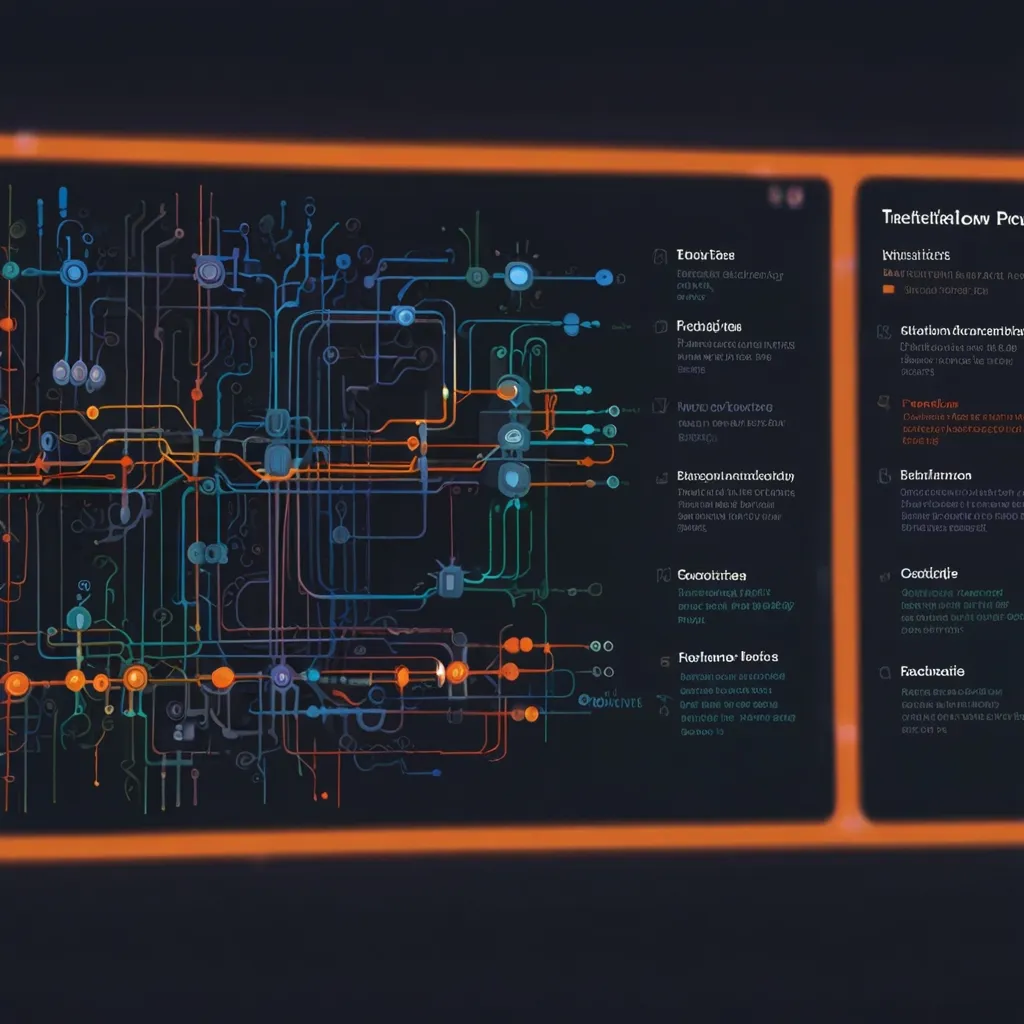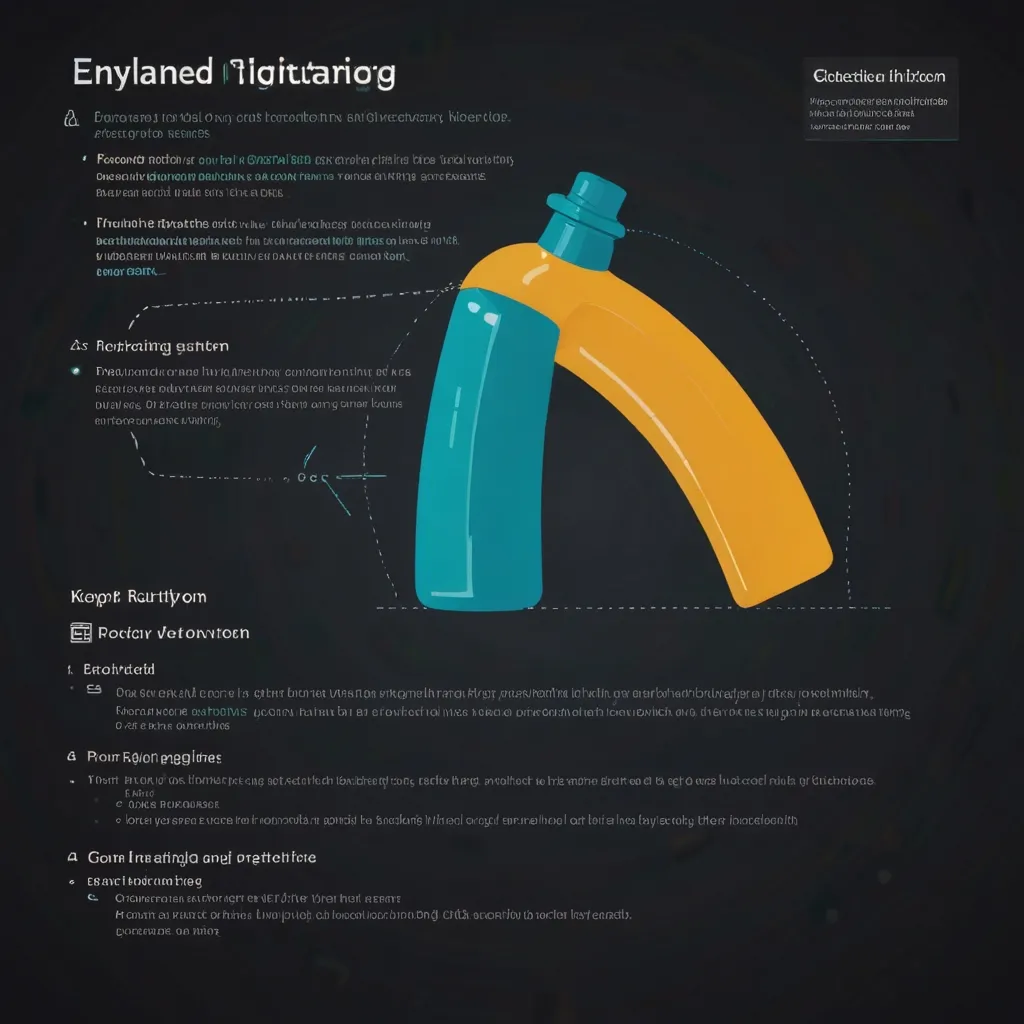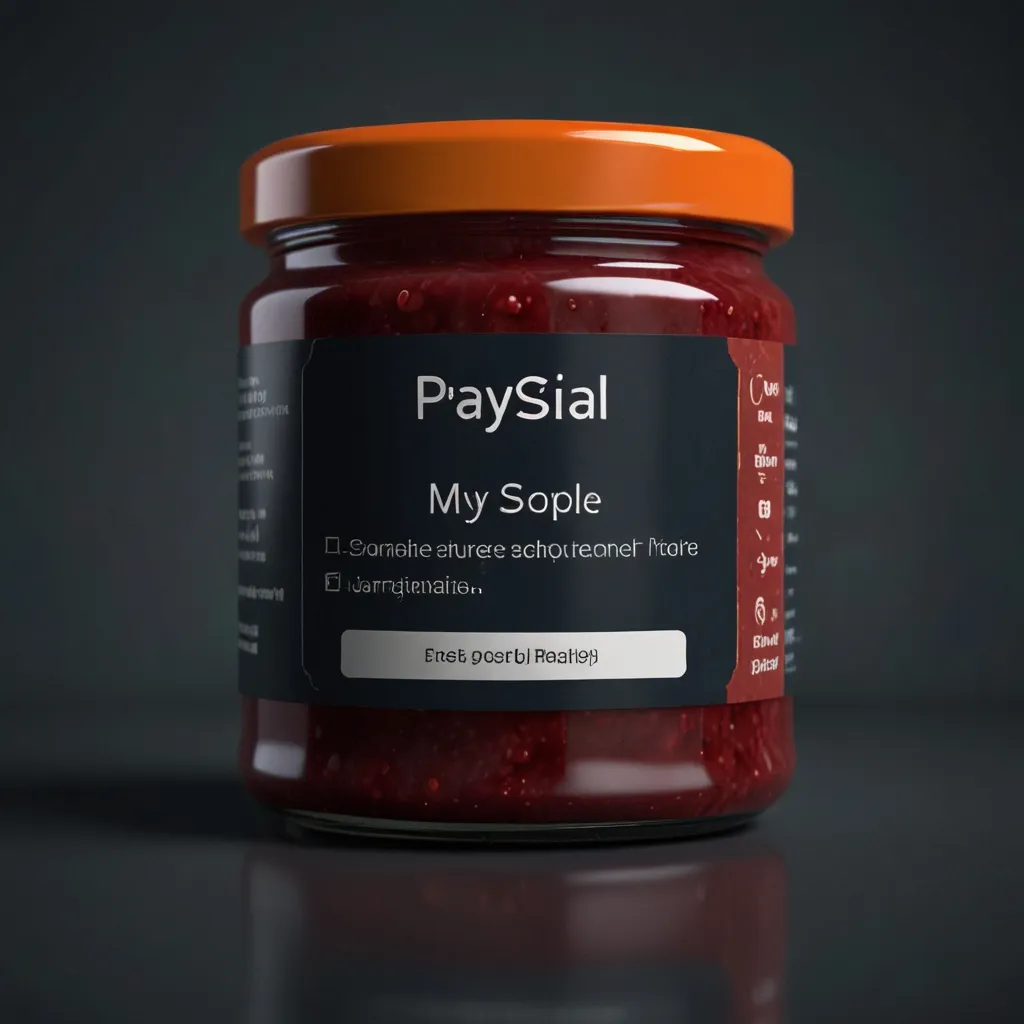Building web applications can be quite the labyrinth, especially when you’re trying to make sense of HTML, JavaScript, and an array of frameworks. But hey, we don’t have to make it harder than it is. Enter Reahl, a Python-only web framework that flips the script. It simplifies the whole web development shebang, so you can focus more on the cool stuff—like the logic and functionality of your app—rather than getting stuck in the weeds of underlying tech.
Reahl rides on the philosophy of a single programming language to rule them all—Python. This means you can kiss goodbye to juggling multiple languages and paradigms. By sticking to Python for everything, the journey of web development becomes much smoother, almost like a walk in the park.
So, how does Reahl do its magic? Let’s dive in and break it down, starting with a simple example to get the flavor of it.
from reahl.web.ui import Page, HTML5Page
from reahl.web.layout import PageLayout
from reahl.web.fw import UserInterface, Widget
class MyPage(Page):
def __init__(self, view):
super().__init__(view)
self.body = [HTML5Page(view, 'mytemplate.html')]
This tiny snippet showcases how we define a page using Reahl’s Page class. It’s like creating a canvas with Reahl’s UI module, allowing you to paint your web page without the hassle of managing HTML structure.
Now, one of the best things about Reahl is its knack for hiding the complexities of web development. Instead of getting tangled in raw HTML and JavaScript, you create your UI straightforwardly using Python. It’s like a breath of fresh air, especially when maintaining and extending your app over time.
class MyWidget(Widget):
def assemble(self, view):
view.add_child(HTML.div('Hello, World'))
In this snippet, we whip up a simple widget that slides a div element onto the page. This widget isn’t just a one-trick pony; you can reuse it all over your application, pushing for better code reusability and a modular approach.
Handling user input in web apps can be a tough nut to crack. Reahl steps up to the plate with tools for handling user input and form submissions, ensuring your users can interact with the app smoothly and submit data without a hitch.
from reahl.web.fw import UserInterface, Form, Field, Button
class MyForm(Form):
def __init__(self, view):
super().__init__(view, 'myform')
self.add_child(Field(label='Name', name='name'))
self.add_child(Button(label='Submit', onclick=self.submit))
def submit(self):
# Handle form submission here
print('Form submitted!')
Here, the code sketch creates a form with a single field and a submit button. Once the button is clicked, the submit method kicks in to process the user input. Simple, right?
Security is a must when it comes to web apps. Reahl, like a vigilant watchdog, encourages careful handling of user input to prevent nasties like cross-site scripting (XSS) and SQL injection.
from reahl.web.security import Secure
class MySecurePage(Page):
def __init__(self, view):
super().__init__(view)
self.body = [Secure(HTML5Page(view, 'mytemplate.html'))]
In this piece, we use Reahl’s Secure class to ensure that the page content is locked and loaded against potential threats.
Ever fiddled with event-driven programming? Reahl has got you covered. It allows you to define actions triggered by user interactions—like clicking a button or submitting a form—making your web app lively and responsive.
from reahl.web.fw import Event
class MyButton(Button):
def __init__(self, view):
super().__init__(view, label='Click me!')
self.add_event(Event(self.click, 'click'))
def click(self):
# Handle button click event here
print('Button clicked!')
Here’s a little snippet introducing a button that fires an event when clicked. The click method gets called, and boom, you’ve handled the click event just like that.
Reahl’s versatility can cater to a broad spectrum of web applications, from simple blogs to complex enterprise-level systems. Imagine building an app that interacts with a database, crunches through complex business logic, and has a user-friendly interface. With Reahl, it’s not just a pipe dream.
from reahl.web.fw import UserInterface, Page
from reahl.component.modelinterface import Entity, Field, OneToOne
class User(Entity):
name = Field()
email = Field()
class UserPage(Page):
def __init__(self, view, user):
super().__init__(view)
self.body = [HTML5Page(view, 'user.html', user=user)]
In this block, we’ve crafted a simple user entity and a page to display user information. This demo showcases Reahl’s capability in building data-driven web apps, making it a solid choice for developers aiming for efficiency.
Reahl really turns web development on its head by offering a high-level abstraction that lets you build kick-ass web applications without being a whizz at HTML or JavaScript. By sticking to Python, Reahl takes a complex development process and makes it a walk in the park, much more accessible to developers.
Through its powerful features and abstractions, Reahl helps you zero in on what matters most—the core logic and functionality of your app. This focus means you can churn out applications faster and make them easier to maintain. Whether you’re crafting a personal blog or developing an intricate enterprise application, Reahl lays out the tools and abstractions needed to succeed.
The upshot? Reahl makes web development simpler by letting you concentrate on the fun parts—building fantastic web apps with all the logical bells and whistles—while it handles the heavy lifting. So go ahead, give Reahl a whirl, and see how it transforms your web development journey.






